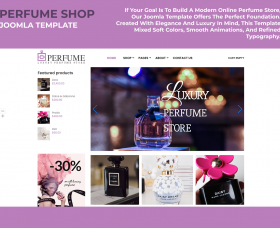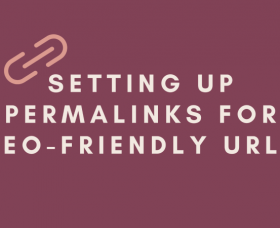Four tips to enhance offboarding experience and regulate app churn

No one starts a mobile app with the thought of perfecting the offboarding experience. Whether it is superstition or sheer hesitance, businesses don’t like focusing their energy on helping users leave the app.
Who can blame them? No business likes seeing a customer leave.
And yet, it is crucial to streamline the offboarding experience of an app user. It helps regulate app churn while helping businesses learn the different areas they can improve in.
It is very easy to create an app with an online app builder and go live on Google Play and App Store. The real challenge is optimizing user experience in every part of the app.
The following sections cover some tips you can use to enhance your app’s offboarding experience. The points will also help you see the need to improve your offboarding experience as well.
#1 - Offer an easy way out
App churn is a reality.
While running an app business, you naturally want to avoid churn at all times. This will even drive you towards making it difficult for your users to leave.
This strategy is very popular in the telecom space. Many customers plan to switch to a new ISP but are eventually turned off by the extraneous process.
People rarely want to spend half an hour talking to a customer care executive about cancelling a connection.
Telecom companies thus manage to regulate churn by making it difficult for customers to leave.
This tactic cannot work for mobile apps. Firstly, it is very easy for people today to uninstall an app. It literally takes 2-3 seconds to uninstall an app.
There is thus no point in focusing on mechanisms to stop uninstalls on a tactical level. You should thus focus on simplifying unavoidable app churn.
#2 - Ask for a reason. Provide a solution
Let’s assume a user has decided to uninstall your app. The process itself is very easy for the user.
The next step is the follow-up email. This is where you reach out to churned app users and ask them for feedback.
Your app users may abandon you, but you must never abandon them. This is where a follow-up email helps.
Write up a follow-up email to reconcile with former app users and ask them for a reason behind their action. You can create a form where you list out some common reasons people generally leave your app.
Once the user provides a reason, you can list out a solution. The following points highlight some examples-
● If a user responds by saying that your products or services are too pricey, suggest cheaper alternatives. You can design special discount offers to bring back churned app users as well.
● If a user is leaving because of poor performance or feature, reassure them that you are working on the issue. In some special cases, you can even connect your tech team to the app users to help the former get some valuable feedback.
● If a user is leaving because of a poor customer service call, offer them an incentive to come back (discounts or compensatory credits)
If a user is leaving to use your competitor’s app, highlight the unique advantages you specifically provide.
#3 - Never be pushy
There is a difference between a cordial follow-up and a desperate plea. You should never appear pushy and desperate to an app user who has left.
This requires stick tone management. You should survey other popular apps that have managed to successfully run a follow-up push. Match the tone of their emails with your own.
What does being pushy entail?
The first sign is sending too many follow-up emails. One email is enough. If the user doesn’t respond, you should stop sending more emails.
Many users actually plan to install your app in the near future after uninstalling it. Sending too many spam emails is a desperate move and turns off the user.
Write neutral emails which appear conciliatory and open, not pushy and desperate.
#4 - Remind users why they downloaded your app
Lastly, it is not a bad idea to remind people why they downloaded your app in the first place.
This basically entails reintroducing marketing assets you earlier used to convert your app users in the first place.
This tactic has many advantages. It first creates a sense of nostalgia around the period your user spent on the app.
For users who’ve been on your app for a long time, this tactic has immense potential in delivering great results. It is a classic example of empathy marketing.
You can even use some highlights of the action of a user tool while using your app. Create a collage of happy moments and make an emotional appeal to long-time users.
Do not use this strategy for users who are relatively new. This will come across as pushy in those cases. Only use it on old users and customers who are likely to have a bond with your app.
In conclusion
It is fairly common to see companies these days use a free app maker to start a mobile app. The real challenge in the mobile app space has shifted from development to UX and design.
This piece covers the different ways you can streamline the offboarding experience of your app users. Following these tips can actually help you regulate app churn and create a compassionate relationship with your app users.
Thank you!
Will be posted after admin approval.








